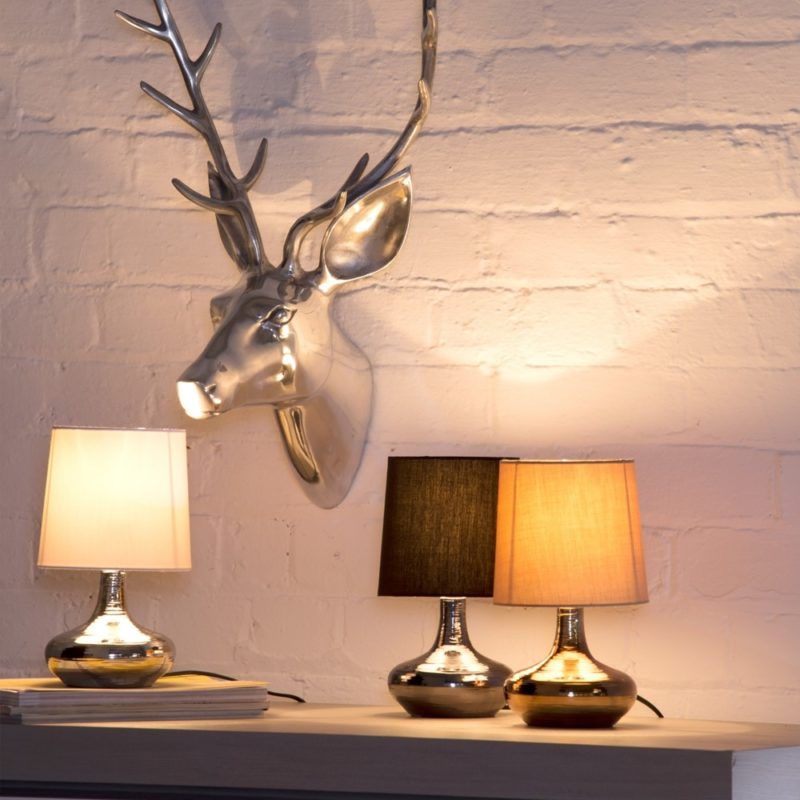Can light improve your daily activity?

Can lighting improve your daily activity? We’re going to cover a topic which is often overlooked. Certainly, nutrition, exercise, and lifestyle are all extremely important in maintaining good health. But, the smallest change to your light exposure can make your daily activity much more efficient. Moreover, help you sleep better and reduce the risk of diseases. Many studies show that less exposure to what is recommended can put you at risk of developing type 2 Diabetes, high blood pressure or even cancer. So it’s important that we get both a good quantity of natural sunlight, as well as great lighting indoors to increase functionality around the home, office and school.
Learn how the smallest changes in the way you light your home can affect your mood, daily activity and sleep patterns. Here, we’ll discuss how lighting is affecting our daily lives:
- how does lighting affect our bodies;
- lighting temperature differences;
- light functions by rooms
How does lighting affect our body's daily activity?
Though many of us remain very much in the dark on this subject, studies have made a substantial revelation about how lighting affects our health and wellbeing. We need a good quantity of light of the right intensity to act as cues for our internal body clocks. Our bodies will adapt to the absorption of light that we get which will rule over moods, attitude and how productively our brains work.
Good exposure to light in the morning provoke our bodies to wake up, feel refreshed and energised for the day. Furthermore, dimmer lighting in the evening influence moods of relaxation, rest and sleepiness. Ideally, place dimmer switches where you want to extenuate calm and relaxing moods, like in the bedroom and living room. It’s vital that we receive plenty of the right lighting to create moods, help our sleeping patterns and keep our bodies in good health.
Lighting temperature differences
The amount of light that we receive needs to be effective to the time of day and the activity that is being done. In the day time people will be at work so they will be productive, and in the evening, hosting gatherings or relaxing. So, the lighting temperature in these places will really change and influence a mood. That is why you should consider the temperature of your bulbs before installing them in.
For increased efficiency and concentration, cool white or blue lighting temperature bulbs are ideal. Use LED light bulbs which emit bright, long-lasting, energy-efficient light. It’s great in the home office, kitchen, and bathroom. Also, our responsiveness to blue light stems from the Earth’s positioning and the wavelengths of light emitted onto Earth. The blue skies and blue Ocean convey daylight. And the warm, orange light from the sunset is the shift into night time.

As much as blue light is really great for functionality and focus. It’s important that you consider the effects it could have at night time. It’s found that blue light from tablets, smartphones and televisions can affect sleeping patterns negatively. The mannerism that we use them – up close to the eyes – create alertness, and isn’t very good for resting, often disturbing sleeping patterns, resulting in broken sleep. That’s why it is recommended that you get an hour before bed without using technology, to increase a better chance of sleep.
Moreover, to help sleeping patterns you should use warm white lighting in key areas of the home. As warm white light emits feelings of calmness and relaxation. This is why you wouldn’t find bright white, clinical lighting in spas, where you want to enjoy a stress-free experience. So, once you get home from a stressful day at work or school, warm lighting will help create a relaxing haven where you can kick back. That is why dotting table lamps with shades, paired with warm white bulbs in a living area or bedroom will help create a calming vibe. Throughout the day our eyes will have had a lot of exposure from the light, so now you want your natural body clock to transition into relaxing mode. You can find a great variety of table lamps with dimmer switches to create a perfect ambient glow.

Lighting by room
Depending on the activity in each room, the lighting will impact a different mood and functionality. Here, you’ll be able to get tips on how lighting can be used in each room:
- in the hallway, you want a welcoming entrance to your home. Use warm lighting that will create a welcoming and comfortable atmosphere;
- the living room is where you can kick back and relax in front of the television. As the TV will emit blue radiant lighting, you should opt for soft, warm lighting. If you are really drawn by colourful lighting, why not try mood lighting. It gives a very modern and contemporary look to any room when you have a range of different colours glowing onto a wall or from a shelf;
- the dining room is where you’ll host dinner entertainments and have a good old Sunday roast. You want to keep your food looking appetising as well as influencing great conversation amongst each other. So, consider using a pendant bar above the dining area;
- the kitchen is where you want to be the most focused and alert. In order to increase precision and efficiency, use cool white lighting and spotlights to direct light in certain areas;
- finally, the bedroom is for relaxing and settling down to sleep. In order to get the best amount of rest and create a better sleeping pattern, it’s important that you get the lighting right. To get into the transitioning stage of falling asleep, we recommend that you use dimmable, warm lighting. Preferably an easy-to-fit shade or bedside lamp so that it is soft and calming. This will influence a good sleeping pattern without restlessness and increased energy once you wake up.
Did we answer your question?
If you've found the answers to your questions and now you're looking for lighting inspiration, check us out on Instagram!
1 Comment
Add a comment- Very useful post: our 2nd son is bipolar so he needs help as SAD is part of bipolar. I also suffer to some extent too↓




